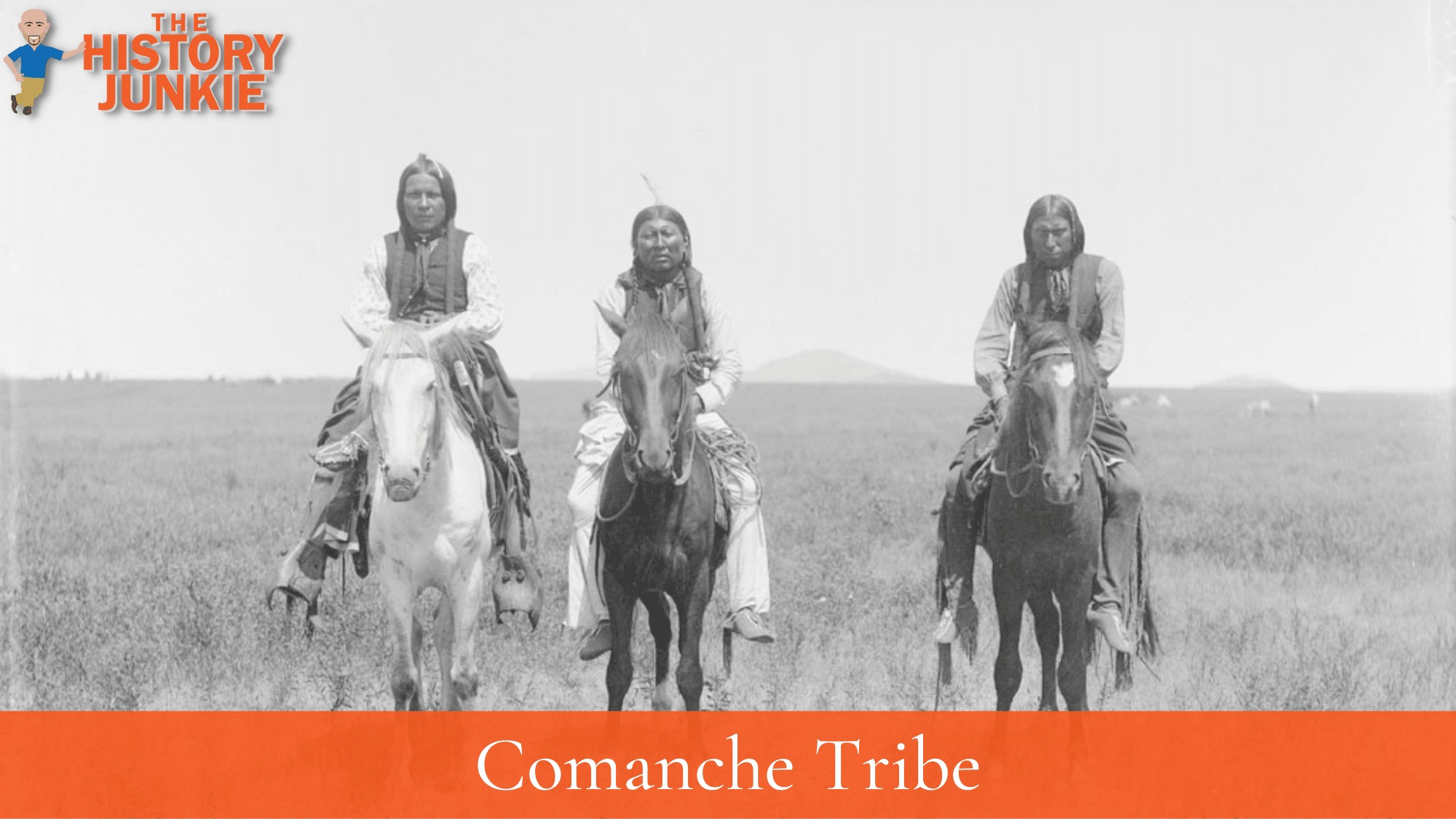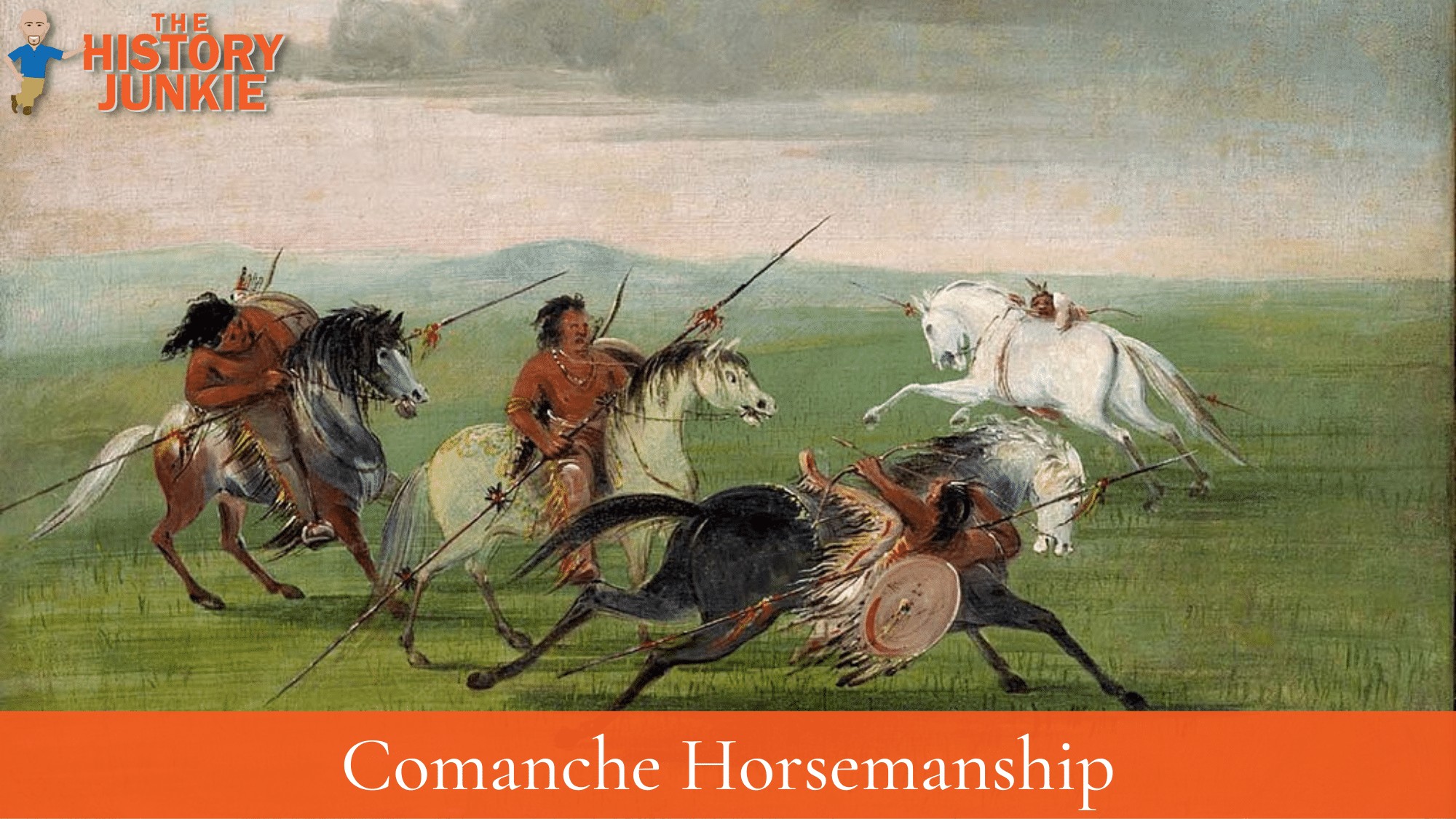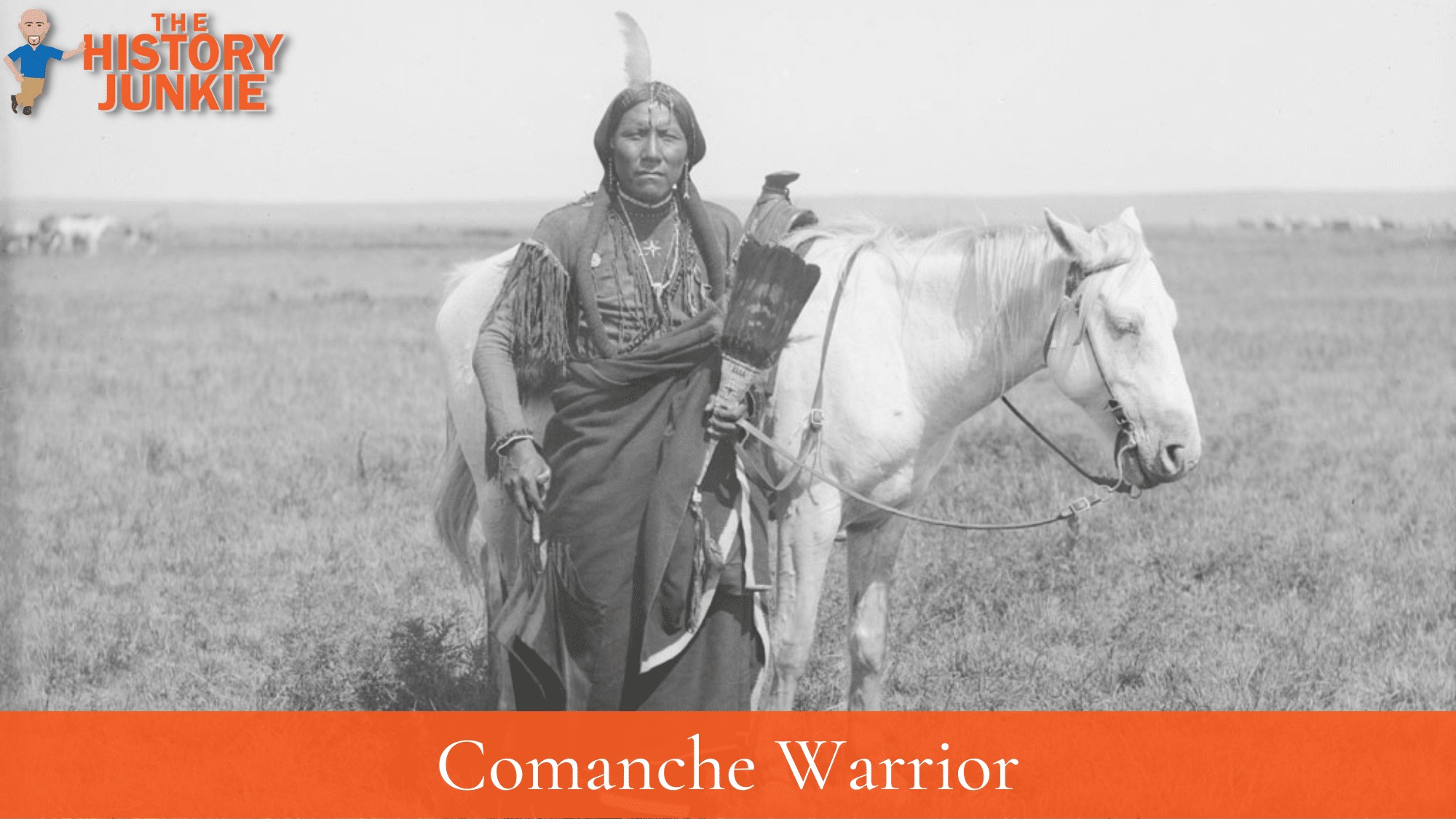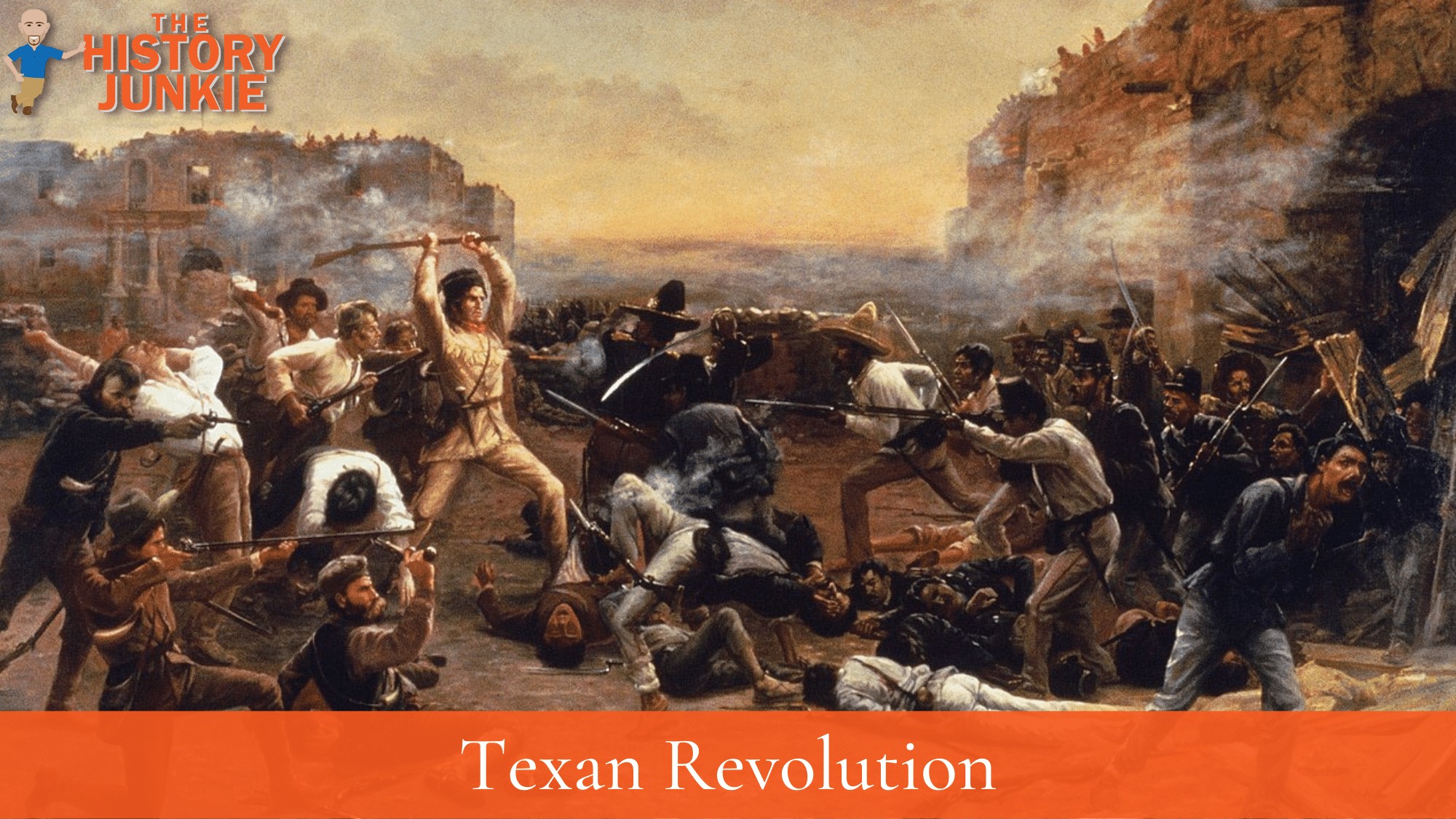
Jump to:
#1. The Comanche Tribe Broke Away From The Shoshone
The Comanche Tribe was a Great Plains tribe that lived on the border of Texas.
The Comanche movement to the Plains was part of the larger phenomenon known as the “Shoshonean Expansion,” in which that language family spread across the Great Basin and across the mountains into Wyoming.
The Kotsoteka (‘Bison Eaters’) were probably among the first. Other groups followed.
Contact with the Shoshones of Wyoming was maintained until the 1830s, when it was broken by the advancing Cheyennes and Arapahoes.
#2. They Were Excellent Horsemen

The Comanche Tribe were excellent horsemen, although it took them much longer than tribes in the Northeast and Southeast to acquire horses from the Europeans or other tribes. Despite horses not arriving in the plains sooner, the Comanche were some of the first Plain and Southwest Indian Tribes to begin riding horses.
Once they were acquired, they became well-known for their horsemanship. It is believed that this enabled them to migrate further south and allowed them to live off the Bison.
The Comanche supplied horses and mules to all comers. As early as 1795, Comanche was selling horses to American traders, and by the mid-19th century, Comanche-supplied horses were flowing into St. Louis via other Indian middlemen.
#3. The Comanche Tribe Was Known As The Most Powerful Plains Tribe

In 1805, the governor of Louisiana, James Wilkinson, said the Comanche were "the most powerful nation of savages on this continent."
The Comanche controlled 200,000 square miles of the Great Plains, possessed a marketable commodity with their large herds of horses, and relied on the seemingly inexhaustible herds of bison for subsistence.
A smallpox epidemic had thinned their numbers in 1780-1781. Reoccurrences of smallpox and other European diseases would continue to cause a decline in their numbers, but they still numbered about 20,000 as their population was bolstered by captives adopted into the tribe.
As America expanded, the Comanche would become one of the most brutal and common foes in the wild west.
#4. Texan and Mexican Independence Hurt Comanche Trade

The Comanche Tribe had become a wealthy and powerful tribe with consistent trade with the Spanish. However, with the independence of Mexico, the Spanish rule ceased, and its trade dried up with the Comanche.
After Mexico gained its independence, the new nation was disorganized and did not have resources developed for trade.
Soon after gaining its independence, the new nation began a war with Texas that became known as the Texas Revolution. This would again hurt Comanche's trade.
Texas leader Sam Houston negotiated a treaty and established a firm border between the Comanche and Texas.
#5. Quanah Parker was the Last War Chief of the Comanche Tribe

The new Republic of Texas had immediate problems with the Comanche. In May 1836, Comanche and Kiowa warriors killed five men and captured five women and children at Fort Parker, 100 miles south of Dallas.
One of the captives was 9-year-old Cynthia Ann Parker, who later married a chief, Peta Nocona, and gave birth to a son, Quanah Parker, who would become the last war chief of the Comanche in the 1870s.
The egalitarian and acquisitive nature of Comanche society facilitated the integration of captives into the tribe, as they needed labor to manage their large domain.
Quanah Parker emerged as a dominant figure in the Red River War, clashing repeatedly with Colonel Ranald S. Mackenzie.
With Americans hunting American bison, the Comanches' primary sustenance, into near extinction, Quanah Parker eventually surrendered and peaceably led the Kwahadi band to the reservation at Fort Sill, Oklahoma.
Quanah Parker was never elected chief by his people but was appointed by the federal government as principal chief of the entire Comanche Nation. He became a primary emissary of southwest native Americans and to the United States legislature. In civilian life, he gained wealth as a rancher, settling near Cache, Oklahoma.
Though he encouraged the Christianization of Comanche people, he also advocated the syncretic Native American Church alternative and fought for the legal use of peyote in the movement's religious practices.
He was elected deputy sheriff of Lawton in 1902. After his death in 1911, the leadership title of Chief was replaced with chairman; Quanah Parker is thereby described as the "Last Chief of the Comanche."
